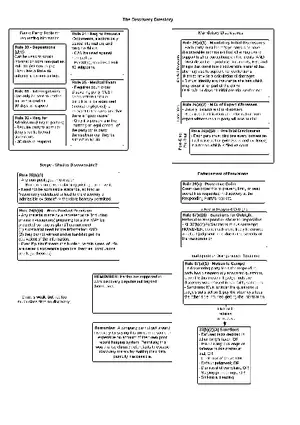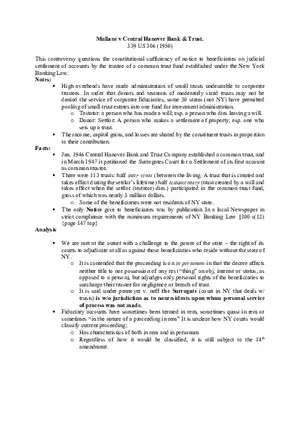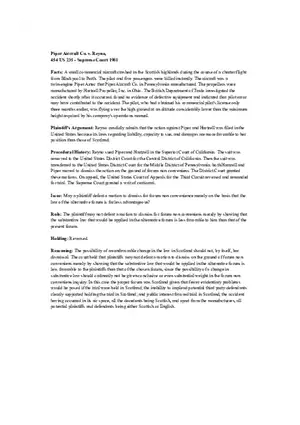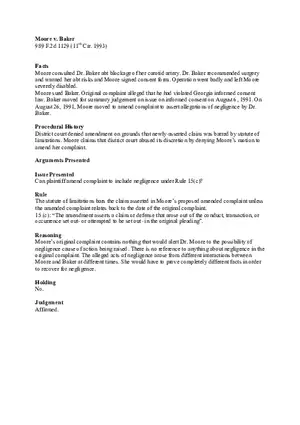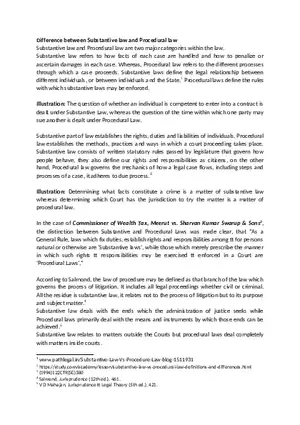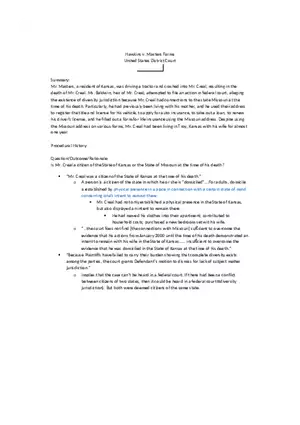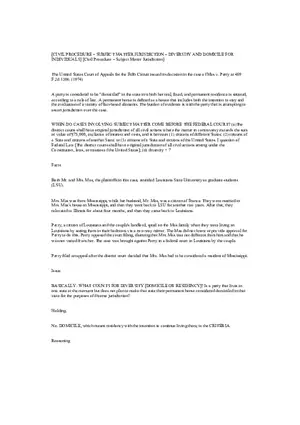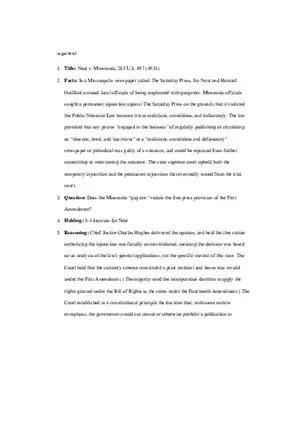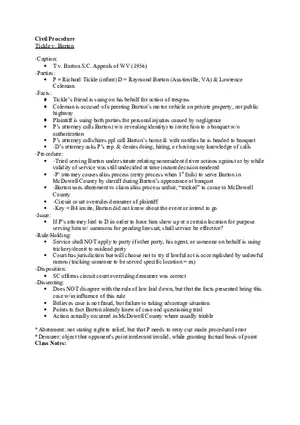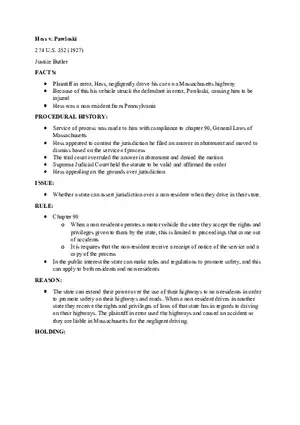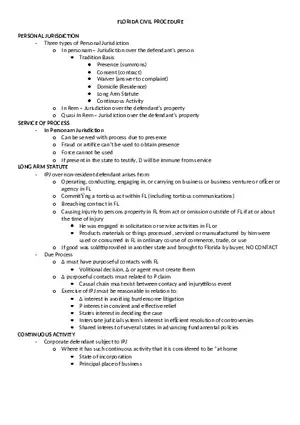Answer Key
Beware of Banking Fees Student Activity Packet
-
University:
Loyola University Chicago -
Course:
LAW 113 | Civil Procedure Academic year:
2022
-
Views:
102
Pages:
3
Author:
Marilyn James
Related Documents
- Basics of Fingerprints Part 2
- Criminology and Justice Studies Answer Note #1
- The Life and Deaths of Dorothea Puente Detailed Notes
- Martin v Hunter's Lessee Summary
- Louisville and Nashville Railroad Co. v. Mottley
- Social Justice Key Terminology and Personal Identity
- What is a Tort (Lecture) Part 7
- What is a Tort (Lecture) Part 4
- Illegal Contracts Lecture 4
- Criminalistics - An Introduction to Forensic Science Part 3
- Criminalistics - An Introduction to Forensic Science Part 2
Report
Tell us what’s wrong with it:
Thanks, got it!
We will moderate it soon!
Report
Tell us what’s wrong with it:
Free up your schedule!
Our EduBirdie Experts Are Here for You 24/7! Just fill out a form and let us know how we can assist you.
Take 5 seconds to unlock
Enter your email below and get instant access to your document



